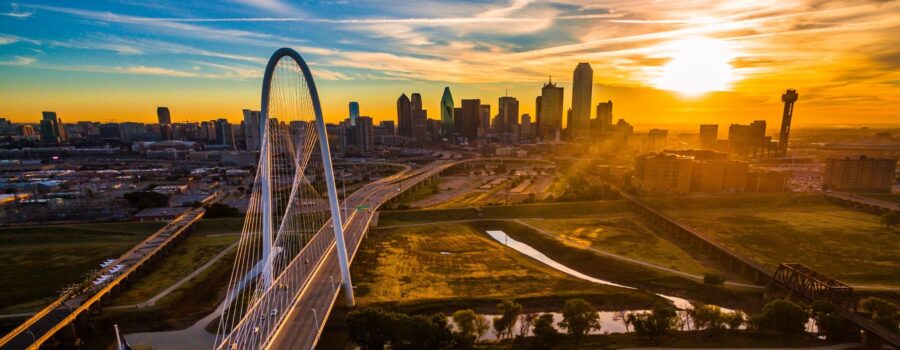Last week the Federal Reserve honored its commitment to raise interest rates. They approved a 0.25 percentage point rate hike or 25 basis points. It was the first hike since December 2018. The officials pointed to a consensus that there would be a hike at each meeting which brings you to the conclusion rates will be around 2% by the end of the year.
The Dallas-Fort Worth Multifamily market is still seeing a lot of activity and people are willing to pay over asking to win a deal. There is still a lot of money chasing deals. Austin is another market that is on fire. To hear more about that, listen to the latest episode of the Old Capital Podcast.
Higher Multifamily Price Action
Pricing continues to escalate and cap rates are starting to compress. With a C Class property having a similar cap rate as an A or B Class property, more buyers are wanting newer stuff. Competition for the mid 80’s and newer product on the market is high. Multifamily is also an unfair business so the relationships will matter a lot.
Often, I see newer investors wanting to get their first deal as a B Class property over 100 units. This would be ideal except no one is going to award you the deal unless they know you can close. To do this, a newer investor needs to partner with an experienced operator and someone with a high net worth to qualify for the loan.

Rising Interest Rates
The Secured Overnight Finance Rate (SOFR) is now at 0.30%. When you receive a quote from a lender that says SOFR + 400 is means that they are charging a spread of 400 basis points or 4% over SOFR on a floating rate basis. The interest rate for SOFR + 400 is now 4.3% and by the end of the year could be over 6%. Nonrecourse bridge lenders typically require a rate cap at 1.5% or 2%. This cost is volatile right now and changes day-to-day, week-to-week. Check back next week and it could be up another $50K, who knows?
Rising interest rates mean increased borrowing costs for investors. The loan becomes more expensive with rate caps and various other closing costs. A floating rate will likely leave you at a higher rate by the time you close if the Federal Reserve follows through with its hikes. May 3-4 is the next scheduled meeting so expect SOFR to be at 0.55% after that meeting.
Market Risk
The rise in interest rates brings more risk to the market. The nonrecourse bridge loans that investors like right now are starting to come down in leverage. Investors have been getting low interest rates from collateralized loan obligation (CLO) lenders. A CLO is a single security backed by a pool of debt. The bridge lenders will loan on a property or the collateral and then securitize it and sell it to the market.
When there is more interest rate risk, the market does not assume those obligations as easy. Especially when the bridge lenders did a lot of volume at the end of last year. That is one reason we are starting to see the leverage on nonrecourse bridge loans come down. Last year it was up to 80% and beginning of this year is more 70% to 75%. And of course, Fannie Mae and Freddie Mac are restricted by the 1.25 DSCR so their leverage remains low as prices continue to jump up.
Conclusion
The Federal Reserve was supposed to taper its asset purchases down to zero, however, they ended up buying an additional $43B in assets last week bringing their balance sheet close to $9 trillion. While interest rates are going up and leverage is going down, the asset purchase seems like a sign they are not willing to let asset prices drop.


